It doesn’t get much mainstream than CBS’s “60 Minutes.” The legendary newsmagazine debuted in 1968 and has been going strong ever since. And now, they’re talking about El Zonte AKA Bitcoin Beach, the place where it all started. How did it start, though? Even though Bitcoinist has written extensively about the subject, we learned a few things from the “60 Minutes” report titled “Bitcoin Beach: How a town in El Salvador became a testing ground for bitcoin.”
The journalist in charge was Sharyn Alfonsi. Even though she presented the subject in a respectful manner, she knew nothing about bitcoin and it showed. The people she interviewed did, though, so the piece works journalistically speaking. However, Alfonsi’s privilege shinned on throughout the entire report. Does this sound condescending to you?
“So we thought it was time to try and get our heads around the complicated world of crypto-currencies, specifically the largest one, bitcoin. To do that, we went to one of the simplest places in the world, a remote town known as “Bitcoin Beach.”
And what about when a tourist says the town might be the next Singapore, and she says “Singapore? It’s hard to imagine. The only traffic jams in El Zonte are caused by loose livestock”? Was that necessary? In any case, Alfonsi found the real protagonists of the story and put them on “60 Minutes.” For that, we thank her.
Who Did “60 Minutes” Talk To And What Did They Say?
From founder and donation-recipient Mike Peterson to the legendary Mama Rosa, the owner of the first business that accepted bitcoin in the area and the mother of Jorge Valenzuela. He and Roman Martinez were also interviewed. They had been doing volunteer work for years, and, when Peterson got the mysterious BTC donation the trio started the “Bitcoin Beach Initiative” and eventually changed El Salvador forever.
The “60 Minutes” report didn’t get that part of the story right, but that’s alright. Bitcoinist is here to help. About the still-anonymous bitcoin whale’s donation, Peterson says:
“The stipulation was you can’t just convert it into dollars because they believe the actual usage of bitcoin would be what would benefit the people. And so for me, it was, like, wow, this is somebody that wants to actually see a circular economy generated using bitcoin and they’re willing to actually put the funds behind it.”
Then, Sharyn Alfonsi shows some businesses that don’t accept bitcoin, asks Peterson to define bitcoin and looks puzzled by the answer, and brings up volatility. ‘Yes, there’s ups and down volatilities along the way, but over the long-term perspective, it’s going up in value against the dollar,’ Peterson responds. Alfonsi answers with the darndest question, “You’re not doubling down on this because you personally can get rich?”
“I will benefit if the price of bitcoin goes up, but I can’t impact that. I can’t influence that. That’s not the driving reason behind this. The reason is we want to see El Zonte transformed.”

BTC price chart for 04/12/2022 on Bitfinex | Source: BTC/USD on TradingView.com
Jack Mallers And Ismael Galdamez EnterThe Picture
The “60 Minutes” piece doesn’t do the best of jobs describing how Strike was essential to this whole story. Luckily, Bitcoinist is here to help. In the report that concerns us today, Mallers describes how President Bukele’s brother contacted him and asked him to come to the capital and meet with them.
“It was scary. It was really scary. I thought there were likely two outcomes – is that they were not happy with me interfering with the financial system in El Salvador or they were tremendously happy and bought into the vision that this was representative of a better world for not only El Salvador but the planet.”
To provide a counterpoint, the “60 Minutes” piece interviews economist Luis Membreño. He’s a Bukele critic, and Alfonsi seems weirdly enthusiastic about his side of the story. “The problem is that there’s going to be a day in which people will find out that the government is indebted, that they will increase taxes to everybody and that the party is over,” Membreño predicts.
Little does he know that bitcoin is the hardest asset in the world and El Salvador’s gambit will probably pay off big-time.
To complete the picture, Sharyn Alfonsi brings 19-year-old Ismael Galdamez. The youngster saw an opportunity in the fact that merchants in the area drove for hours to buy ice. Using bitcoin, he bought a big freezer and started providing ice right there in Bitcoin Beach. The “60 Minutes” report ends with, “Ismael is planning to move his parents and siblings into this new house in El Zonte later this month. He plans to pay the mortgage in bitcoin.”
What a beautiful story.
Featured Image: Sharyn Alfonsi from "60 Minutes," screenshot from the video | Charts by TradingView

You can get bonuses upto $100 FREE BONUS when you:
💰 Install these recommended apps:
💲 SocialGood - 100% Crypto Back on Everyday Shopping
💲 xPortal - The DeFi For The Next Billion
💲 CryptoTab Browser - Lightweight, fast, and ready to mine!
💰 Register on these recommended exchanges:
🟡 Binance🟡 Bitfinex🟡 Bitmart🟡 Bittrex🟡 Bitget
🟡 CoinEx🟡 Crypto.com🟡 Gate.io🟡 Huobi🟡 Kucoin.






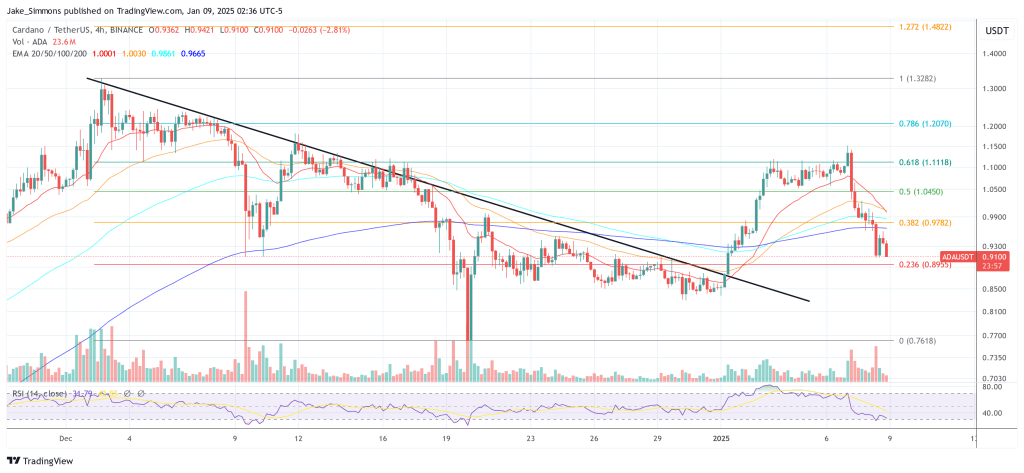
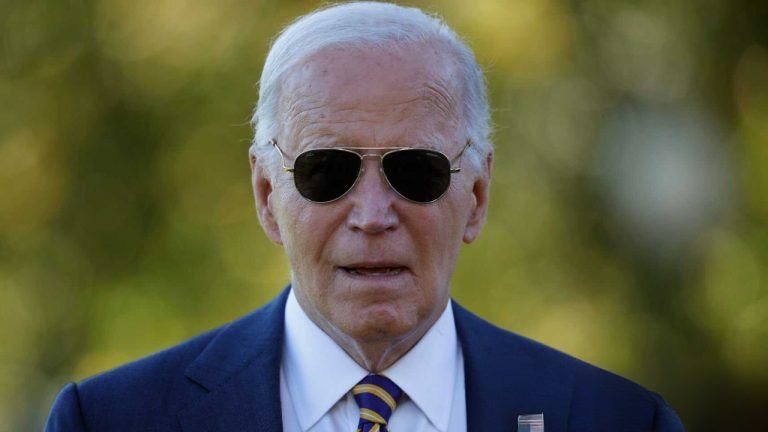
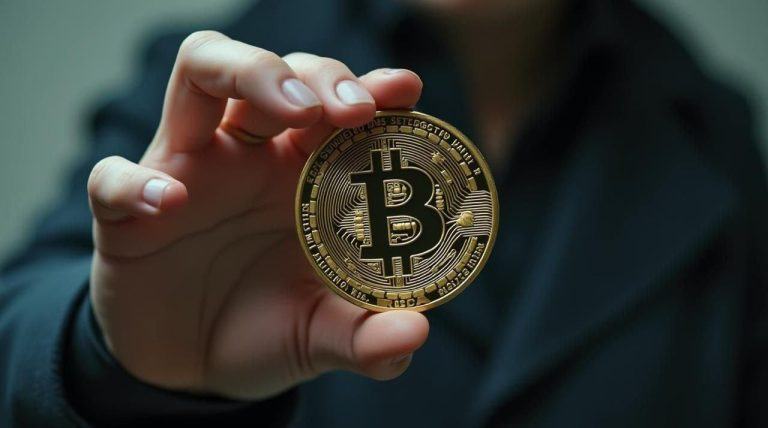
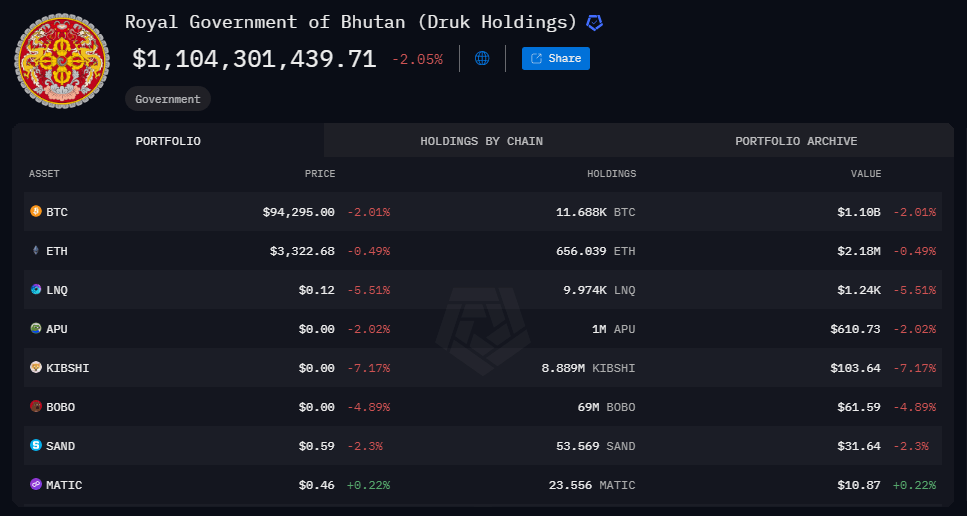









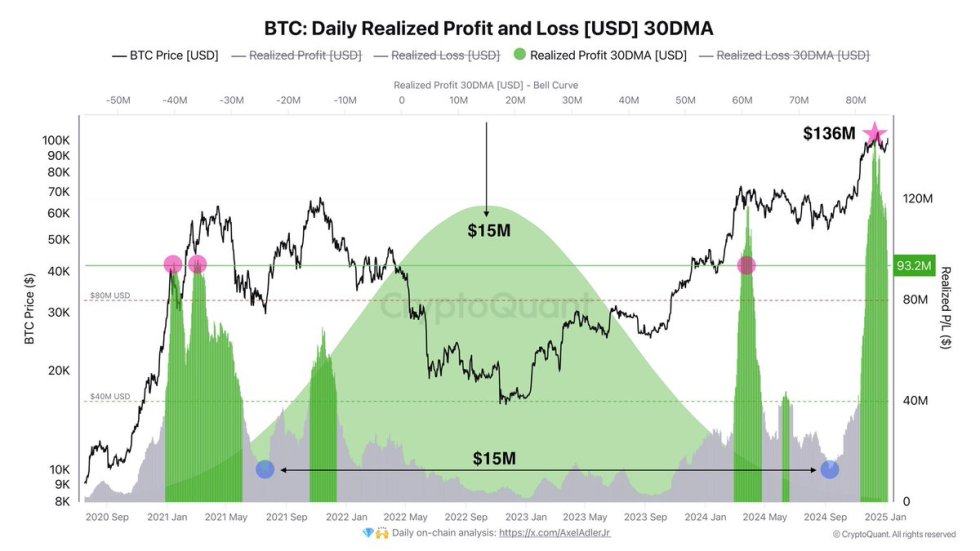
Comments